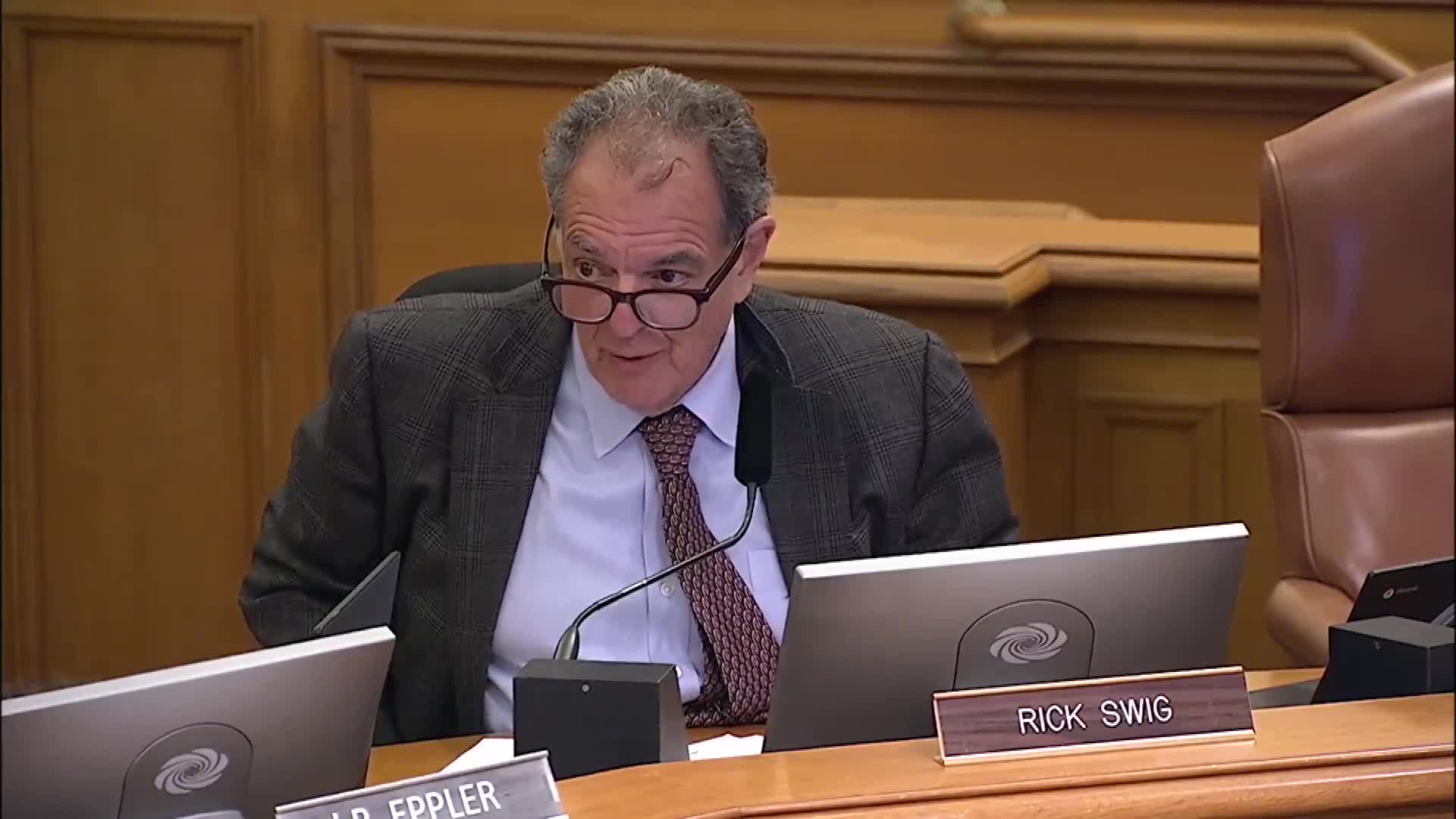City Council approves safety measures for complex development project
October 30, 2024 | San Francisco City, San Francisco County, California
This article was created by AI summarizing key points discussed. AI makes mistakes, so for full details and context, please refer to the video of the full meeting. Please report any errors so we can fix them. Report an error »

In a recent San Francisco government meeting, city officials engaged in a detailed discussion regarding safety and compliance issues related to a development project. The meeting highlighted the complexities of navigating local codes and regulations, particularly concerning the design of an interior gate intended to enhance safety for residents.
The primary focus of the discussion was the proposed size of the gate, which was initially set at 36 inches. However, several commissioners expressed support for increasing the gate's width to 42 inches to ensure a more accessible and safer passageway. This proposal was met with agreement from the project sponsor, who indicated that the wider gate would not pose any significant issues.
Vice President Transvinia emphasized the importance of safety and code compliance, noting that the commission's role is to ensure that projects meet specific local codes and do not adversely impact public health or safety. The conversation underscored the challenges faced by the commission in interpreting complex building and planning codes, which can often lead to confusion among stakeholders.
Commissioner Epler acknowledged the intricacies of the project, describing it as "awkward" due to its unique site and the overlapping definitions within the planning and building codes. The commissioners collectively recognized the need for clarity in the design and functionality of the gate, aiming to provide reassurance to concerned residents about safety and accessibility.
The meeting concluded with a motion to approve the project, contingent upon the revision of plans to include the minimum gate width of 36 inches, with the possibility of expanding it to 42 inches. This decision reflects the commission's commitment to addressing safety concerns while adhering to regulatory frameworks.
As the city moves forward with this development, the discussions from the meeting highlight the ongoing efforts to balance community safety with regulatory compliance, a challenge that continues to shape urban development in San Francisco. The next steps will involve finalizing the revised plans and ensuring that the project aligns with the agreed-upon safety standards.
The primary focus of the discussion was the proposed size of the gate, which was initially set at 36 inches. However, several commissioners expressed support for increasing the gate's width to 42 inches to ensure a more accessible and safer passageway. This proposal was met with agreement from the project sponsor, who indicated that the wider gate would not pose any significant issues.
Vice President Transvinia emphasized the importance of safety and code compliance, noting that the commission's role is to ensure that projects meet specific local codes and do not adversely impact public health or safety. The conversation underscored the challenges faced by the commission in interpreting complex building and planning codes, which can often lead to confusion among stakeholders.
Commissioner Epler acknowledged the intricacies of the project, describing it as "awkward" due to its unique site and the overlapping definitions within the planning and building codes. The commissioners collectively recognized the need for clarity in the design and functionality of the gate, aiming to provide reassurance to concerned residents about safety and accessibility.
The meeting concluded with a motion to approve the project, contingent upon the revision of plans to include the minimum gate width of 36 inches, with the possibility of expanding it to 42 inches. This decision reflects the commission's commitment to addressing safety concerns while adhering to regulatory frameworks.
As the city moves forward with this development, the discussions from the meeting highlight the ongoing efforts to balance community safety with regulatory compliance, a challenge that continues to shape urban development in San Francisco. The next steps will involve finalizing the revised plans and ensuring that the project aligns with the agreed-upon safety standards.
View full meeting
This article is based on a recent meeting—watch the full video and explore the complete transcript for deeper insights into the discussion.
View full meeting
